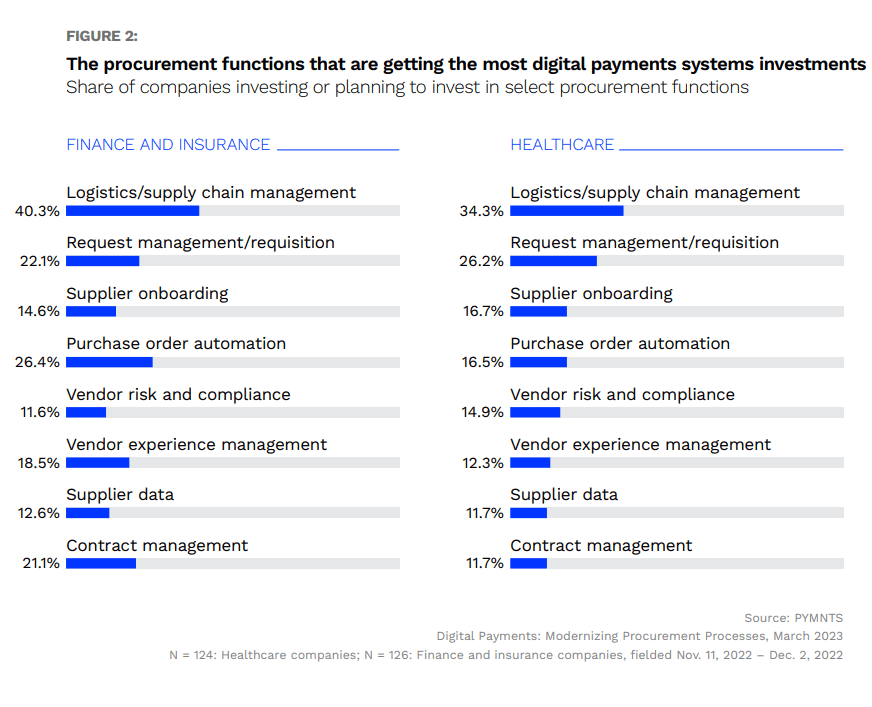Modernizing Healthcare Procurement Can Be a Matter of Life and Death
The pandemic kick-started a wave of short-term procurement solutions across industries as businesses struggled to stay afloat.
For medical centers and other healthcare-related businesses, lockdowns also shone a light on gaps in sector procurement as major hospitals struggled to get the most basic supplies at times. Perhaps having learned their lesson, as supply chain and other lockdown-related procurement challenges lessen, these same businesses are increasing their attention and innovation budgets to forward-looking procurement technology.
Perhaps unsurprisingly, the companies hardest hit by supply chain interruptions are now the same ones most aggressively upgrading their procurement systems. Without the emergency stopgaps put in place to get essential medical supplies during the health crisis, healthcare firms are planning more permanent solutions that could withstand future crises.
One of these proactive sectors is healthcare, as indicated in the PYMNTS collaboration with Corcentric, “Digital Payments: Modernizing the Procurement Process.” The report finds that although only 15% of surveyed companies in the sector currently invest in digital procurement solutions, 45% are planning to do so.

Specific challenges exist when it comes to healthcare procurement and surrounding regulations, which may be one reason why procurement innovations have up until recently been largely overlooked across the sector.
Some of these dilemmas were noted by Siamak Baharloo, CEO and co-founder of life sciences marketplace platform Labviva, in a PYMNTS interview. “One big challenge for [healthcare organizations] is they need to have access to literally thousands of different suppliers. Scientific research is complex, manufacturing biologics is complex, testing is complex, so they need to always have access to a larger number of suppliers and manufacturers.
“You need to be able to add new suppliers rapidly into your procurement system and supply chain network. If you’re not able to do that, it will have significant impacts. For instance, with human trials and vaccine development, core critical functionalities were in danger of being halted just because they couldn’t find sterile pipette tips. It can be as simple as that.”
Solutions exist to help healthcare providers, suppliers and other related businesses ease into the transition. Some companies’ offerings focus mainly around enterprise resource planning software, such as Oracle’s; these are cloud-based and can be implemented throughout an organization to facilitate integration of systems such as health records and payments, along with other insights.
A few FinTechs are focusing instead on simplifying the current procure-to-pay system in place by many hospitals to help navigate the massive number of suppliers to choose from and adjust changing needs.
With pandemic-influenced stopgap measures for procurement no longer needed, healthcare companies may be looking at more permanent systems modernizations. There’s never been a better time to do so than now, when there isn’t the distraction of a pandemic or other emergency.

